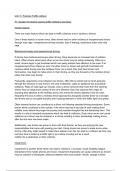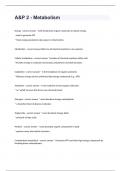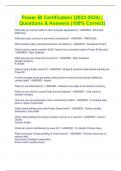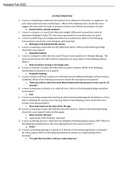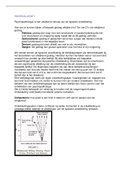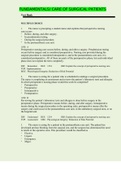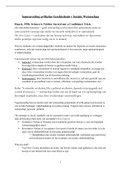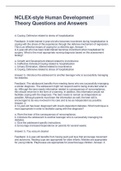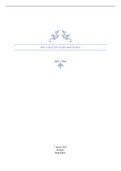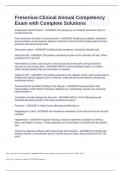Essay
Investigate factors that cause road traffic collisions and injury
- Institution
- PEARSON (PEARSON)
Visual presentations, including a description of the factors that cause road traffic collisions. A report explaining the relationship between the causal factors in road traffic collisions and the significance of each cause. This assignment was graded a distinction piece, so guarantees a good ...
[Show more]
